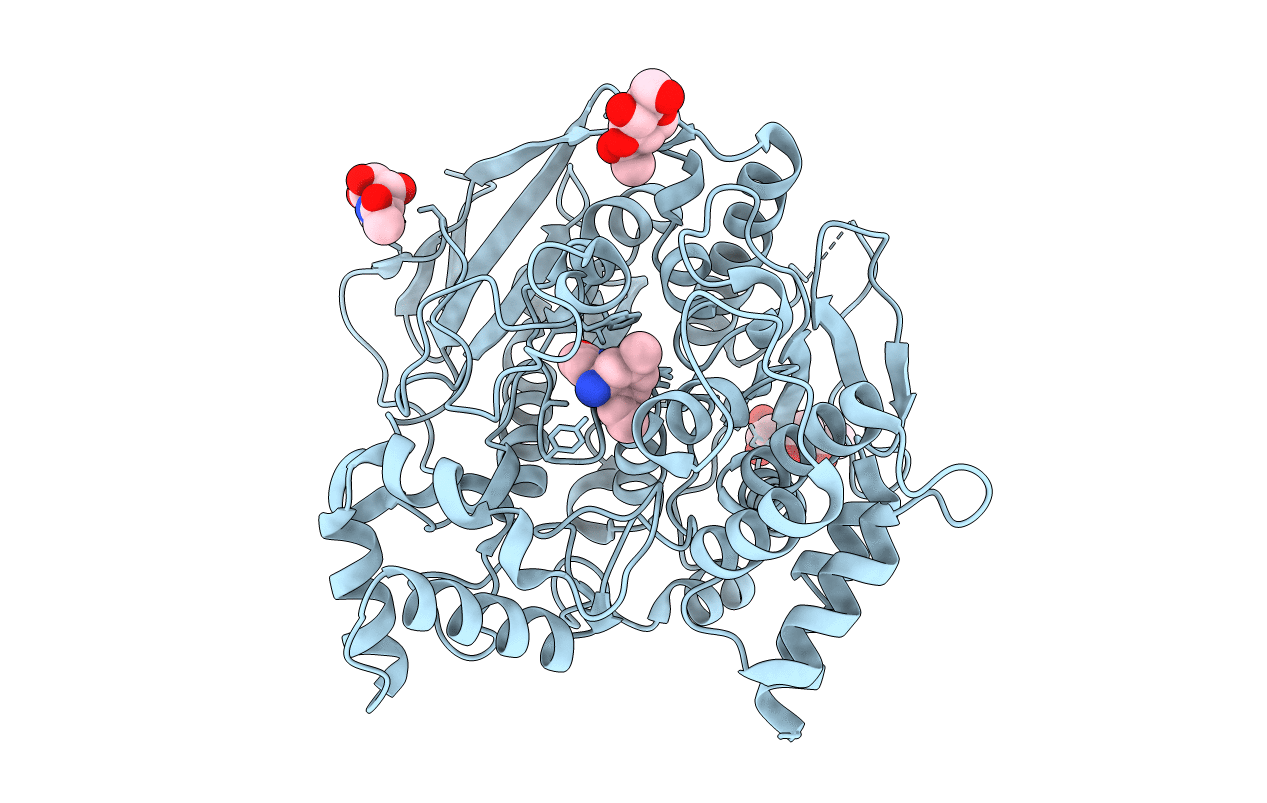
Deposition Date
2001-11-05
Release Date
2002-08-29
Last Version Date
2024-10-16
Entry Detail
PDB ID:
1GPK
Keywords:
Title:
Structure of Acetylcholinesterase Complex with (+)-Huperzine A at 2.1A Resolution
Biological Source:
Source Organism:
TORPEDO CALIFORNICA (Taxon ID: 7787)
Method Details:
Experimental Method:
Resolution:
2.10 Å
R-Value Free:
0.21
R-Value Work:
0.18
R-Value Observed:
0.18
Space Group:
P 31 2 1


